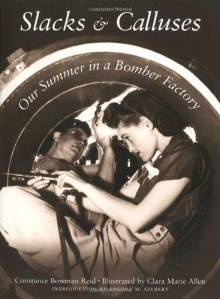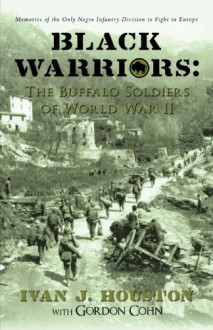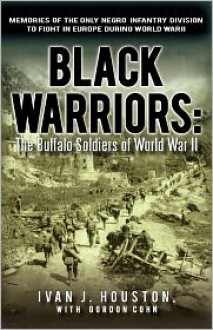
For those among us who have family members among the Second World War generation (a generation that is now, sadly, dying off in ever increasing numbers), this book brings home a tangible, palpable sense of what life on the Home Front USA was like during those times.
The author of "Slacks and Calluses" was a high school English teacher in Southern California who opted (with a friend, C.M., who was an art teacher) to work in an aircraft assembly plant during the summer of 1943. The beauty of their experiences in helping assemble the B-24 Liberator heavy bombers is in the telling as Bowman Reid takes the reader along with her and her friend C.M. on their first day at work in the plant, where they had to fill out a plethora of forms, select the shift that suited them (4:30 PM to 1 AM), and blend in and work with their colleagues in assembling different sections of the aircraft. Bowman Reid observes that "[i]t wasn't that the bombers weren't big; they just weren't so big as we had expected them to be. The effect of their size was broken by the paraphernalia around them. There was a platform about six feet high under the wings and another about a foot high under the belly. In the back of the tail and in the front was one going up into the nose. People were all over the bombers, popping in and out of the nose, walking along the top of the fuselage, working on the high platforms under the wings, sticking their heads out the side windows, sliding flat under the belly, climbing up and down the ladder into the tail, ducking in and out from underneath, so that the bombers looked like sleeping Gullivers overrun by the people of Lilliput."
An interesting aspect of life on the home front touched upon in the book that I found revealing was the change in gender roles and perceptions brought on by women working in the defense plants. Example: "In war-time San Diego there are just two kinds of women: the ones who go to work in skirts and the ones who go in slacks. The girls who work in slacks are sometimes cleaner and neater than the girls who work in skirts. They usually make more money than their skirted sisters behind the ribbon counter at the Five and Ten or at the controls of the elevator in the bank. But they have to wear slacks. Whether they are dust-bowl mothers buying butter and eggs for the first time, or former dime store clerks making more money than army majors, or war wives who feel they must keep them flying because their husbands are flying them, or school teachers putting in a summer vacation on a war job, they are women who work in slacks instead of skirts." Real ladies wore skirts, wide hats, lipstick, perfume, coiffed hairdos, and were demure and dainty. But the women who wore slacks were NOT deemed by the men (and society at large) to be ladies, but rather like women of loose morals or ill-repute.
For all its 181 pages, "Slacks and Calluses" offers the reader a view of the Home Front USA in the Second World War that brilliantly illuminates (C.M. provides some fascinating illustrations depicting their war work experiences) what it was really like for 2 women who did their part for the war effort.


 Log in with Facebook
Log in with Facebook 








